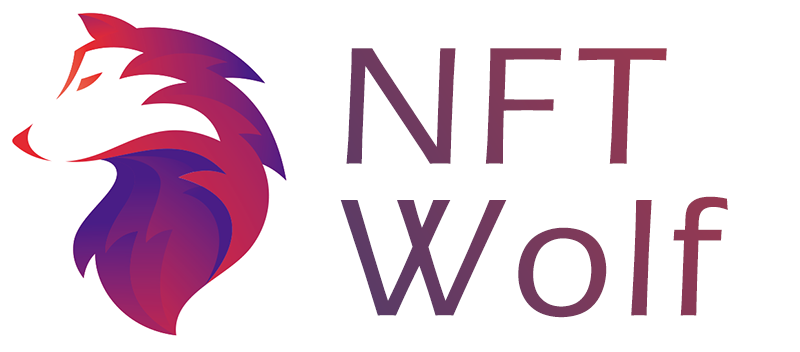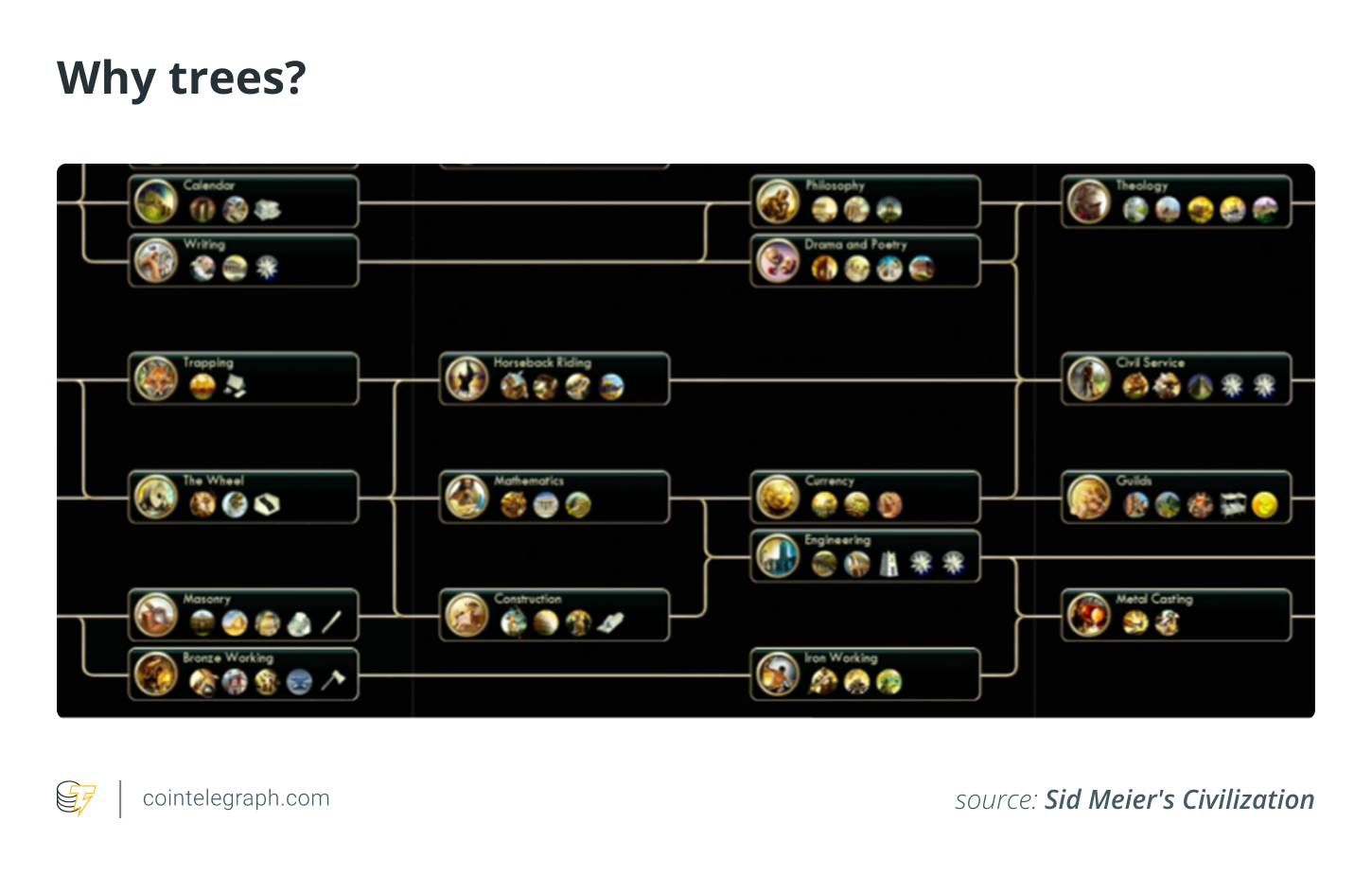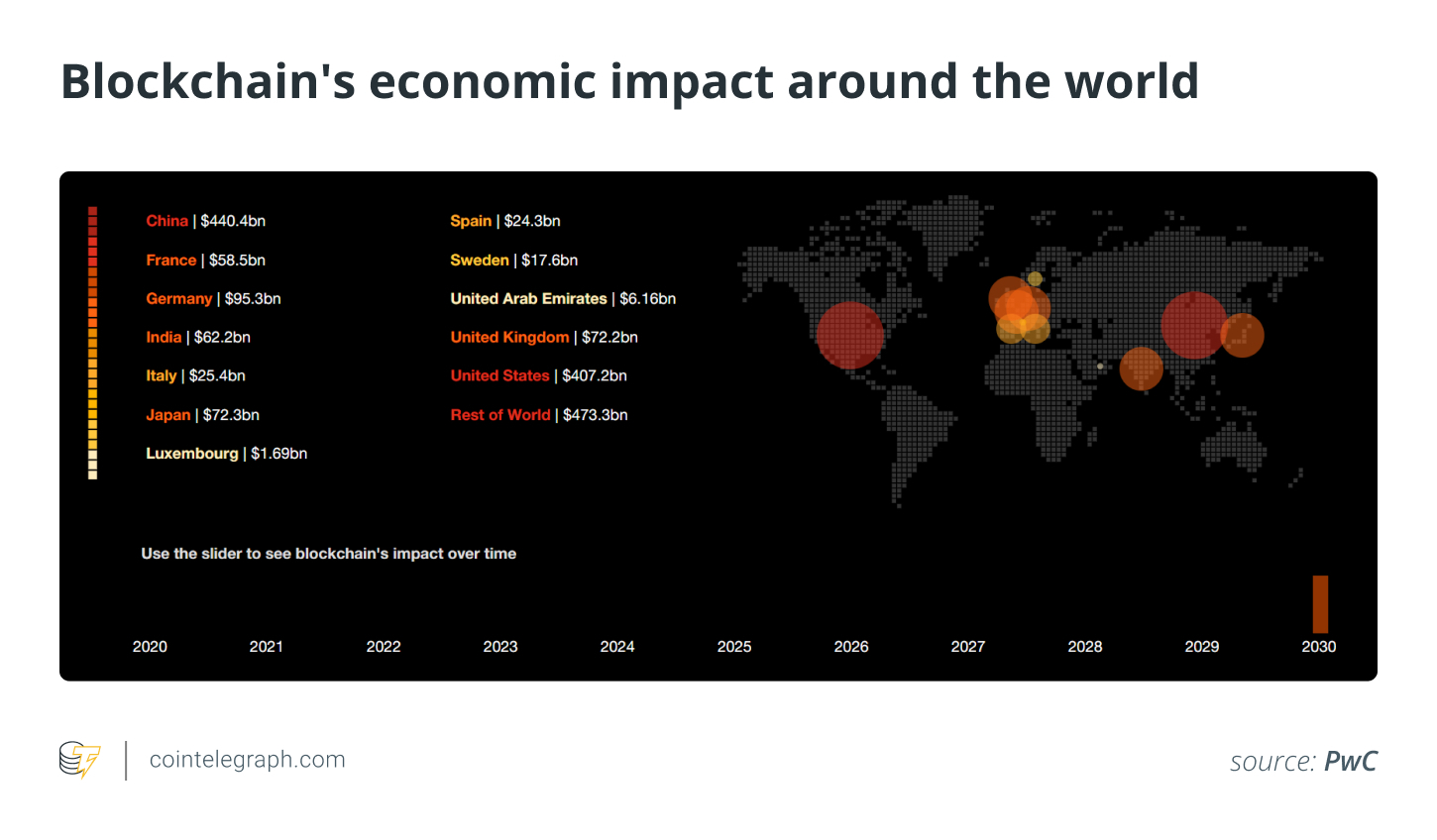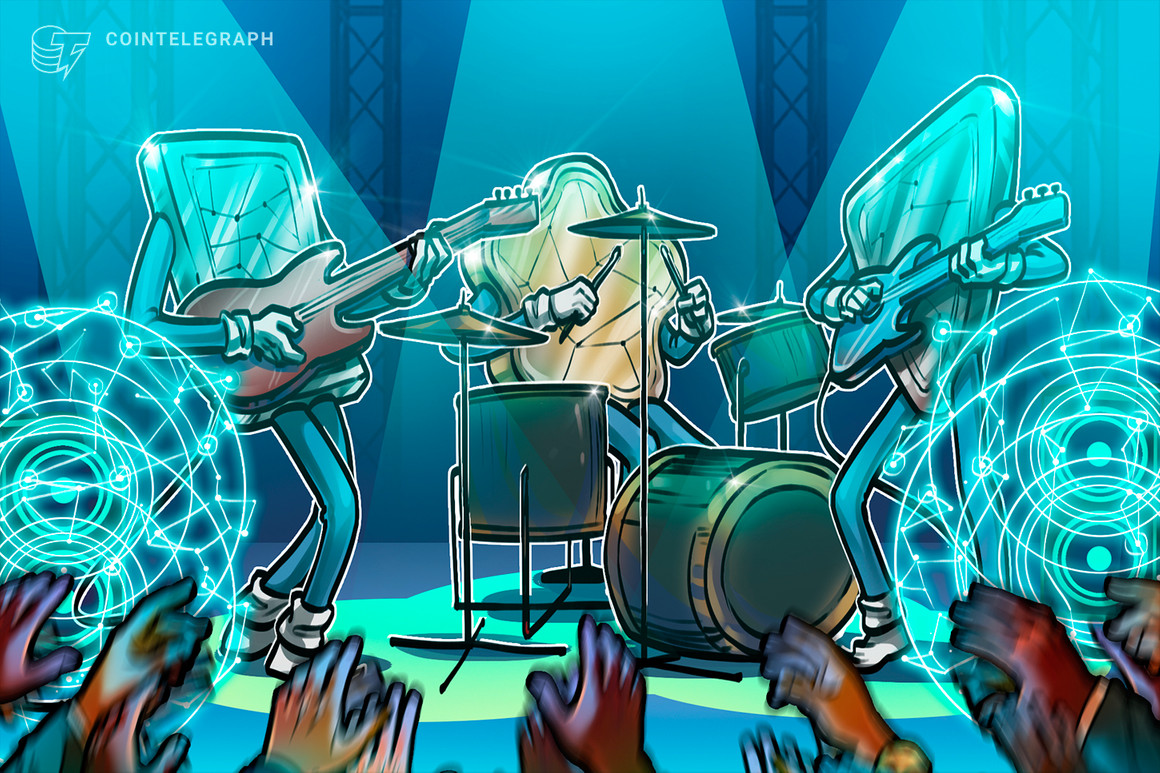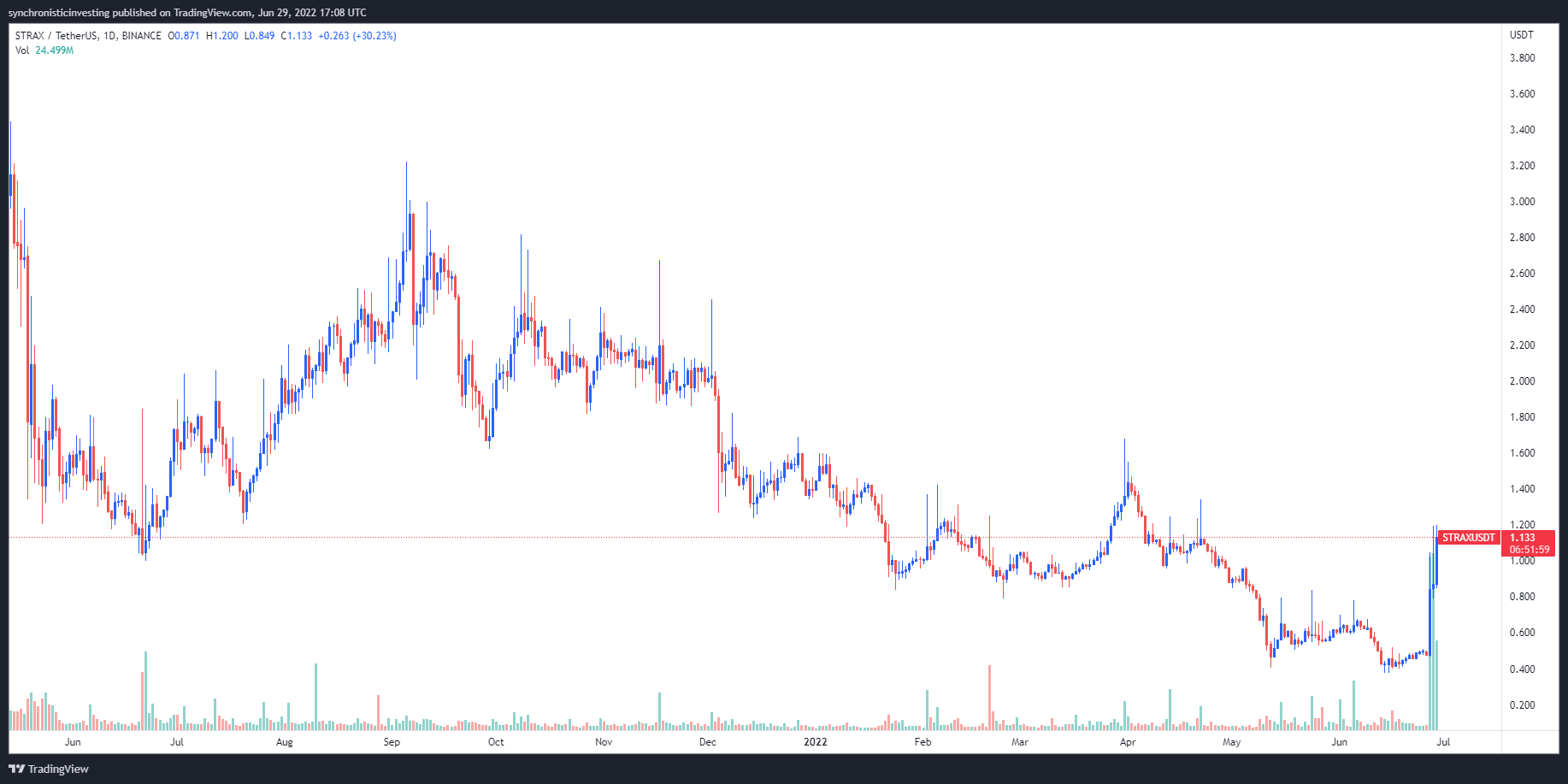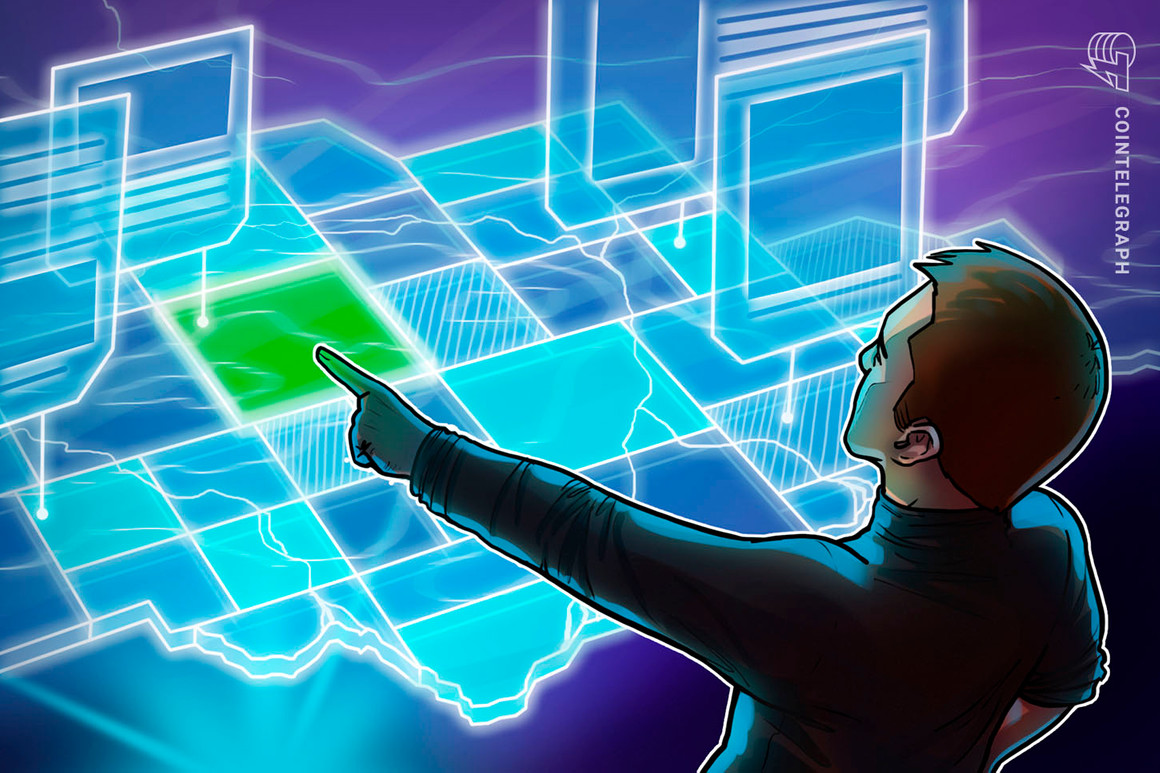The popularity of games such as Fortnite, Roblox, and Minecraft, and the concept of the Metaverse make it all the more relevant that the “avatars” can be used to escape from unpleasant realities or just have fun. It is a good time to have a conversation about digital citizenship and “inclusivity” of individuals in the virtual world. This also gives new meaning to those who are genderqueer or with gender dysphoria.
There is a bias in the real world against people who don’t identify with the sex they were given at birth. A recent study found that approximately 2.7% of American teens identify as transgender or gender diverse. This is more than 200 million people worldwide who are likely to fall under the category of transgender or gender diverse.
Recent research has also shown that gaming avatars can be used to treat anxiety and depression in queer people. This is because they are not required to identify their gender.
Related: Pride in The Metaverse: New opportunities for LGBTQ+ people created by Blockchain tech
What is the real value of an avatar?
An avatar is a digital representation of you that you can share in virtual spaces with others for different types of experiences. An avatar is a personal graphical illustration, character, or alter ego that represents a user’s computer. In many ways, an avatar can be used to establish one’s personal image and persona. These alter egos are now more prominent due to the increasing popularity of games that allow individuals to play different roles.
A virtual avatar is a place that allows for transformations and can be used to fulfill desires. The virtual body functions as a person’s digital twin. It is closely connected to their body and forms the basis of the virtual body’s identity. A person’s avatar can be represented in either a 3D or 2D format depending on which platform they are on.
It is important to be flexible
If you are still trying to find your gender identity or affirm it, the avatar’s appearance can be a great starting point for you to discover who you really want to become. The ability to personalize the avatar is crucial for gender identity expression and consolidation. This allows people to validate and explore their identities.
We can make certain aspects of our wishes visible when choosing the avatar’s appearance. Both Metaverse residents and gamers have the option to select their gender. There are a dozen options available for body types, facial features, expressions and hair colors. Games and Metaverses offer gender-neutral clothing, preferred names, and the ability to use pronouns. This customization option allows users to be as authentically themselves in real life.
They can only imagine what it is like in real life. An avatar allows users to create their own identity by offering many options that reflect their gender expression. This unique way of curating an avatar allows for freedom without discrimination.
Related: Avatars with utility will represent digital identity in the Metaverse
Consolidating identity
A fluid identity is possible for an avatar. A user can modify their avatar’s appearance, gender, and personality at will. This allows users to physically imitate what they wish to be in the future. Many people find that coming out as queer is preceded with a private acknowledgement of their identity. This virtual embodiment allows them to anonymously test out their true gender.
These can be refined through more virtual experimentation, which will help them finally establish their identity for real-world interactions. You can meet other genderqueer people anonymously and form online support groups. A game can allow an avatar to tell stories and have improvised interactions, which helps in creating a real-world situation.
Move with you
Young people are most affected by this journey to self-realization, gender identity, and personal growth. A virtual avatar allows them to work with themselves in the virtual realm. This helps them understand their true nature, and help them build upon that identity. Buddy, a tool that allows users to create realistic-looking avatars from Trace Network can be used to help them choose their identity and build their future. It includes gender, body type and gender-neutral clothing.
A metaverse or game allows users to create and practice avatars that allow them to explore, develop, and perform their identities in a safe environment. They are not subject to discrimination, bullying, or other negative encounters. This is the best way for one to get “out” and be able to express oneself freely without fear.
This article is not intended to provide investment advice. Every trade and investment involves risk. Readers should do their research before making any decision.
These views, thoughts, and opinions are solely the author’s and do not necessarily reflect the views or opinions of Cointelegraph.
Lokesh Raho is co-founder and CEO at Trace Network Labs. He has more than 12 years experience in enterprise tech, helping fashion companies in over 20 countries to acquire and implement technology. Lokesh has been involved in the development of solutions for enterprises that use DLT and Blockchain since 2017. He is currently working with Trace to build a platform that will allow lifestyle brands to launch multichain or multiverse products using NFTs. These NFTs are used for “digital twins”, also known as user avatars in metaverse.
